- All Events
- Wine Tours
- Wineries
- Blog
- About

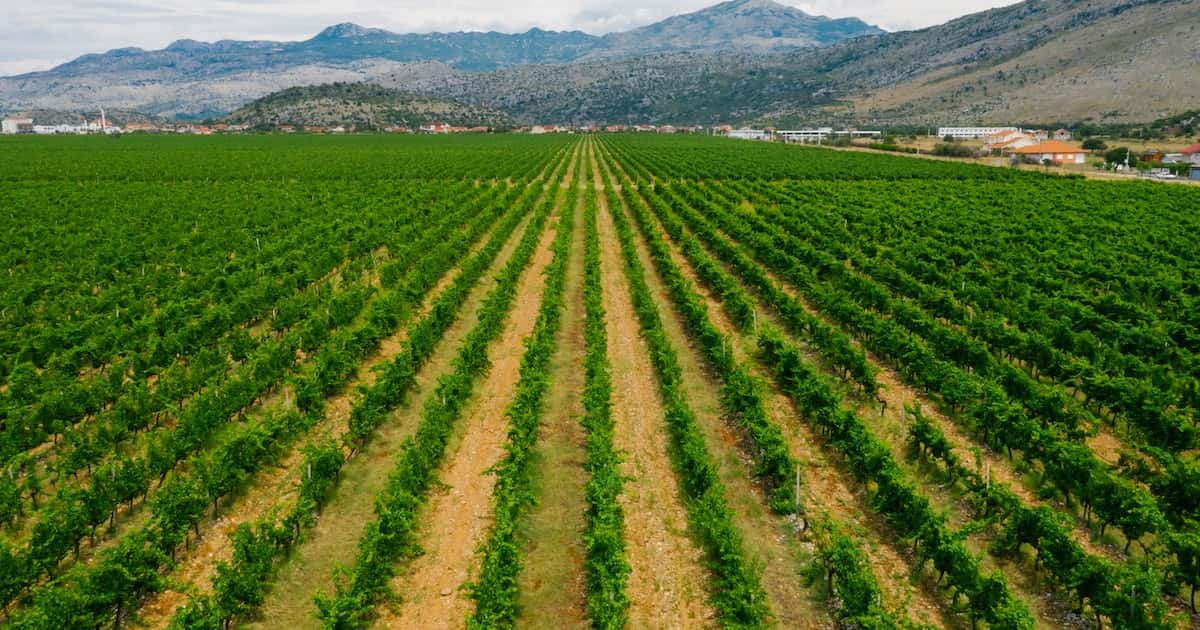
In recent years, winemakers have celebrated the fresh and complex wines created at high altitudes. But established vintners point to Listrac, or the Left Bank of Bordeaux’s Médoc, which produces Cabernet Sauvignon and Merlot. These are two of the lowest-lying wine regions in the world.
So, does elevation really make a difference? Are high-altitude wines that much better?
Depending on location and climate, altitude can be crucial for vineyards. Higher altitudes result in temperature variations, soil diversity, solar radiation intensity, oxygen paucity, ventilation, and drainage challenges.
In most classic wine regions, like Napa Valley in California or Chianti in Italy, the differences in altitude between the valley floor and mountainous ridges are marked.
In Napa, vineyards range from 200 feet to 2,200 feet above sea level, and in Chianti, one of the highest-elevation wineries, Volpaia, sits between 1,300 and 2,130 feet.
The highest vineyard in the United States, Continental Divide, sits at 10,361 feet. And the highest vineyard in the world, Pure Land, sits at an altitude of 11,691 feet above sea level in Cai Na Xiang, Qushui County of Lhasa, Tibet.
Some American Viticultural Areas (AVAs) also define themselves by their altitude. On the Sonoma coast, Fort Ross-Seaview AVA stipulates vineyards must sit at 920 feet to 1,800 feet or higher. These altitudes allow the Pinot Noirs and Chardonnays grapes to get enough sunlight to ripen in the cool climate – creating pristine, complex wines.
The Mendocino Ridge AVA and its 11 micro climes in Northern California require an elevation of at least 1,200 feet. Some of the area’s highest vineyards are known for their distinctive Zinfandels.
High altitude wines have challenges, but winemakers have learned to exploit these differences to create unique wines rather than lament their fate.
Elevated vineyards offer four critical contrasts to their valley floor counterparts:
Together, these essential growth elements create strife, forcing the vines to produce fewer grapes. A matter of quality over quantity, these tiny berries are robust and full of character.
Sunlight at elevation is a major factor for development and growth. The sunlight strengthens as the elevation increases, and for every 1,000 feet increase, UV rays intensify by 10-12%.
The strong sun exposure causes grapes to develop deeper pigmentation. This “tanning process” is so profound that Argentinean winemaker Catena has studied the process of intense, concentrated light on plants at their Andes Mountain vineyards.
The “tanning” produces a thick, tough grape skin with vivid color and high tannins — creating an age-worthy wine.
The thick skin also protects grapes from extensive temperature changes seen at higher elevations. These broad, daily temperature shifts force grapes to ripen slowly, resulting in lower sugar production. These warm days and cold nights also develop acids adding complexity – essential to fine wines.
Oxygen is necessary for proper fermentation – turning the sugars into alcohol – and it thins at higher elevations, but once the wine is ready to bottle, oxygen degrades the aromas and alters the color. The scarcity of oxygen at the higher altitudes creates a wine with distinct characteristics.
Higher elevations and steeper inclines are dominated by rocky soil. Rocks drain water quickly from vines, forcing them to grow deep roots for water and nutrients. The average root depth of lower altitude nutrient-rich soils is three feet, but in Napa, vines can root up to 40 feet in the battle for nutrients. Less food and water reduces the vine’s yield. Scrapy but smart, these low-yielding vines create higher-quality berries.
And if these individual difficulties were not enough. Nature has one more. The combination of challenges – low soil nutrients and oxygen, temperature swings, and intense sunlight changes the growing season. High-altitude vineyards have a later spring bloom and an earlier harvest period.
Most high-altitude winemakers believe growing at elevation is worth the extra effort. The obstacles that higher altitudes pose force grapevines to work smarter. By adapting and differentiating with darker skins and increased acidity and aroma, high-altitude grapes contribute to extraordinarily expressive wines.
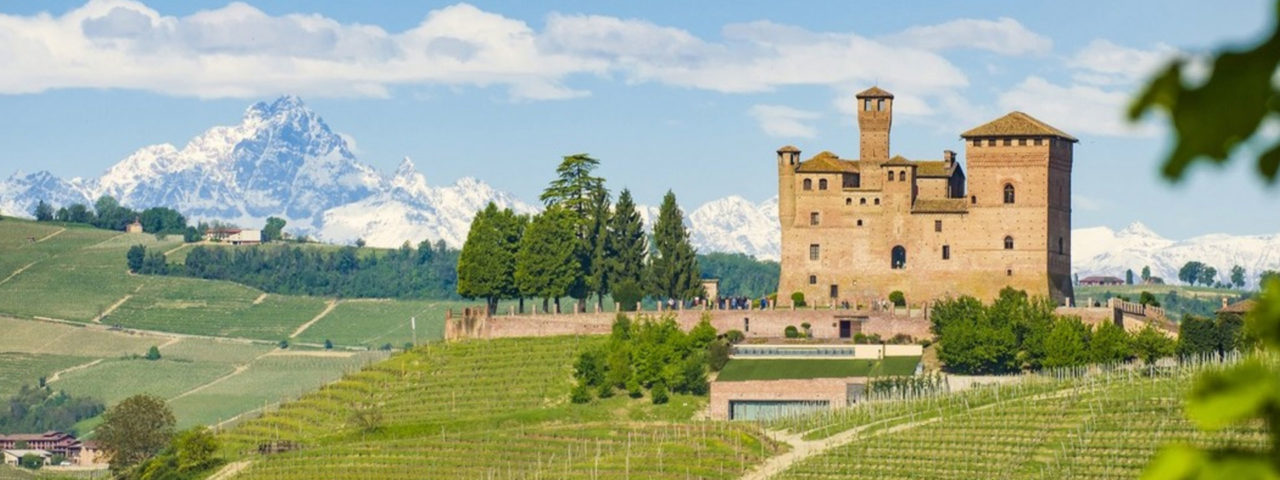
Oct 23 – 30, 2021
6 nights, 7 days
Milan, Barolo, Alba, and Turin
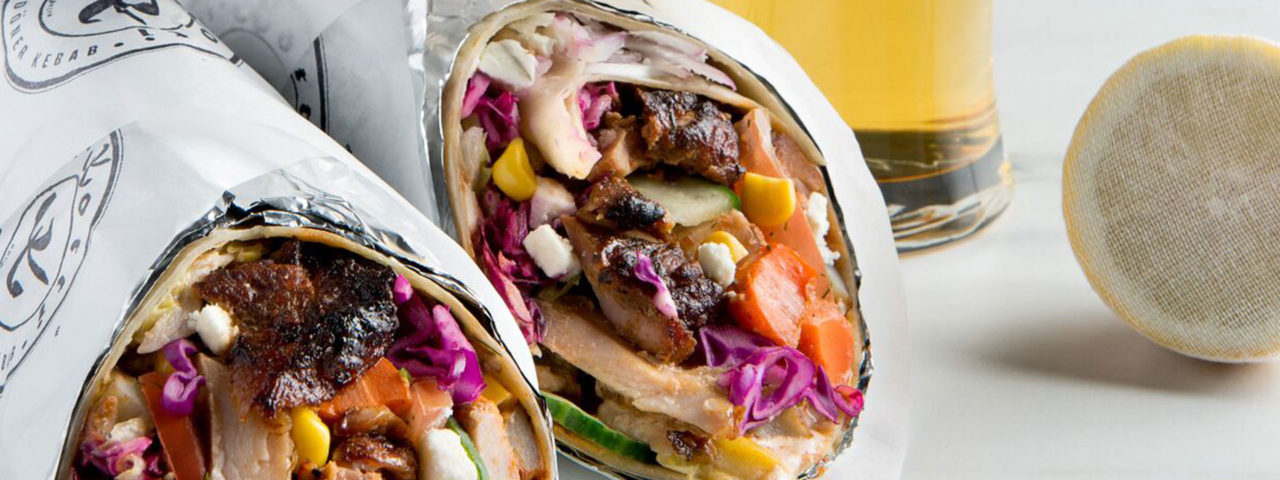
Join us for a Virtual Food & Wine Pairing with Brooklyn’s Kotti Berliner. Explore delicious döner kebabs paired with wine. Meet Kotti founder, Erkan Emre.
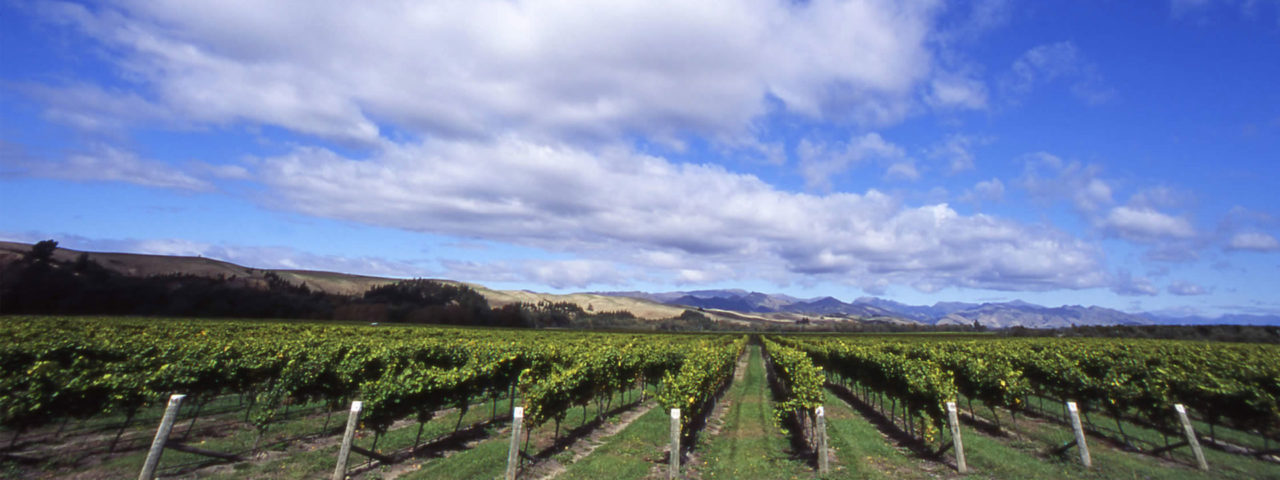
Join us for a Virtual Tasting with one of America’s leading importers of high-quality Portuguese wines.
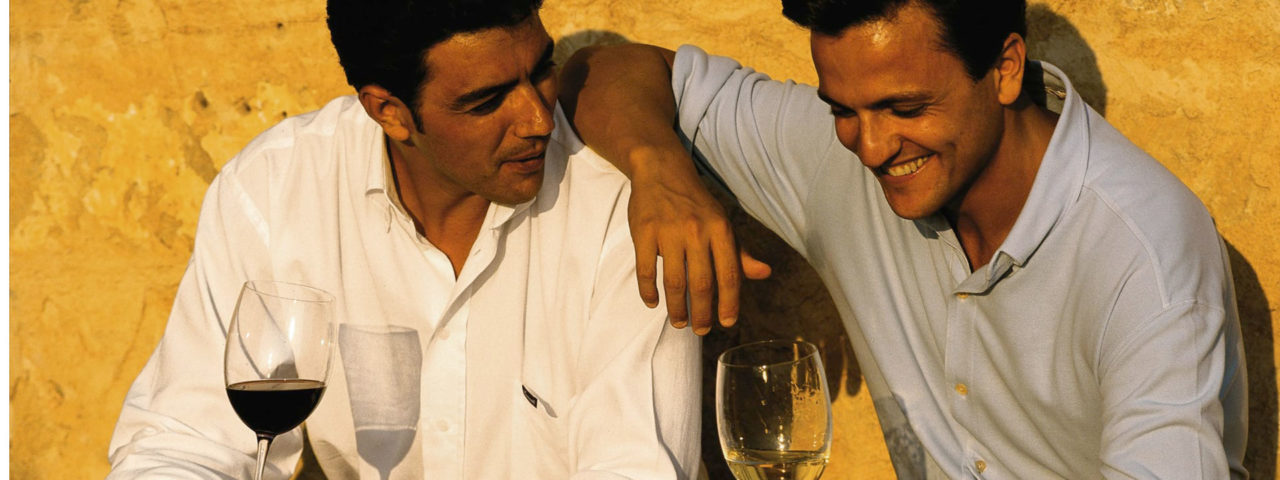
Join us for a Virtual Tasting with the maker of the #1 selling Sicilian wine in the U.S.
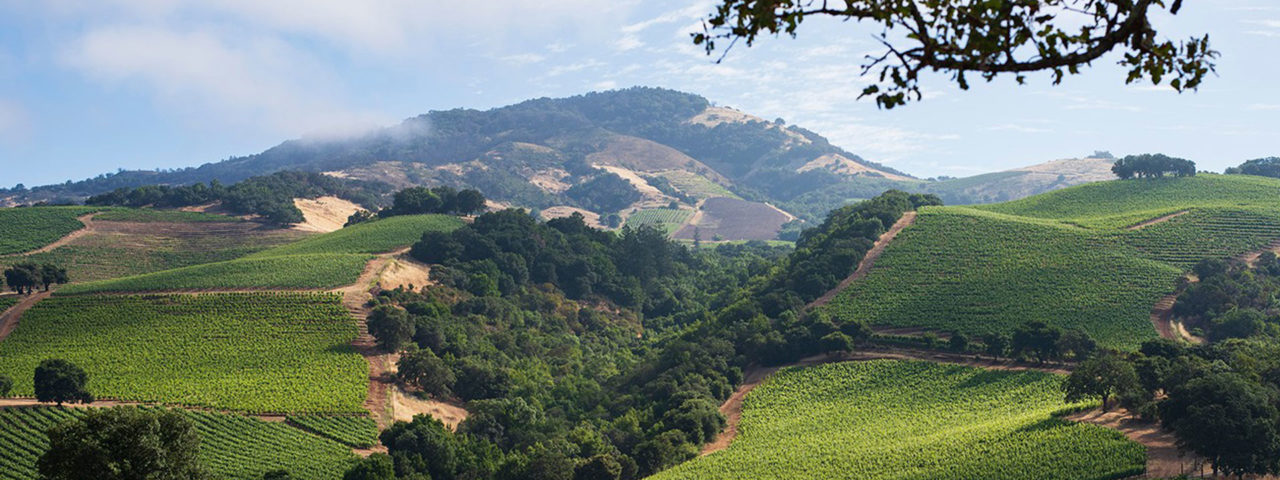
Join us for a Virtual Tasting. The Kunde family has farmed an 1,850-acre estate in Sonoma Valley for 100 years.

Join us for a Virtual Tasting. Great wine starts in the vineyard.
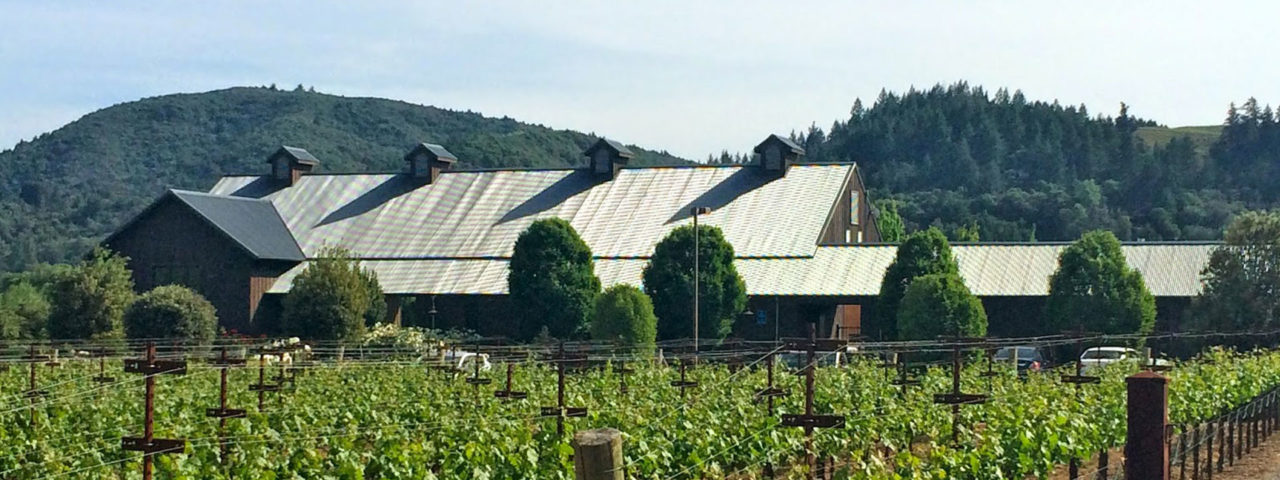
Join us for a Virtual Tasting. Distinctive and hand-crafted wines produced from award-winning vineyards.
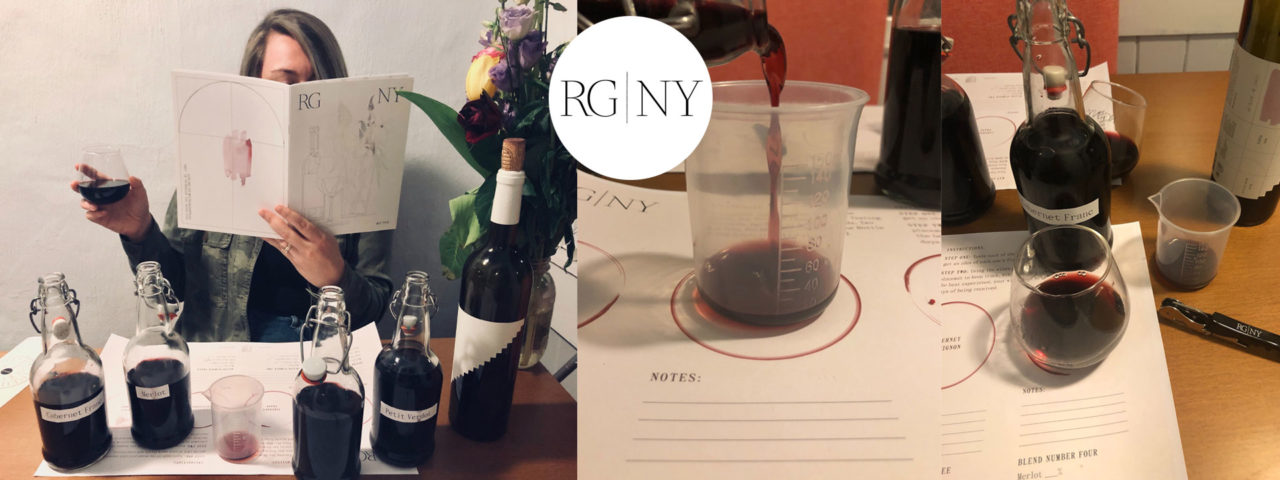
Be your own winemaker for a day — guided by a professional on Zoom video!
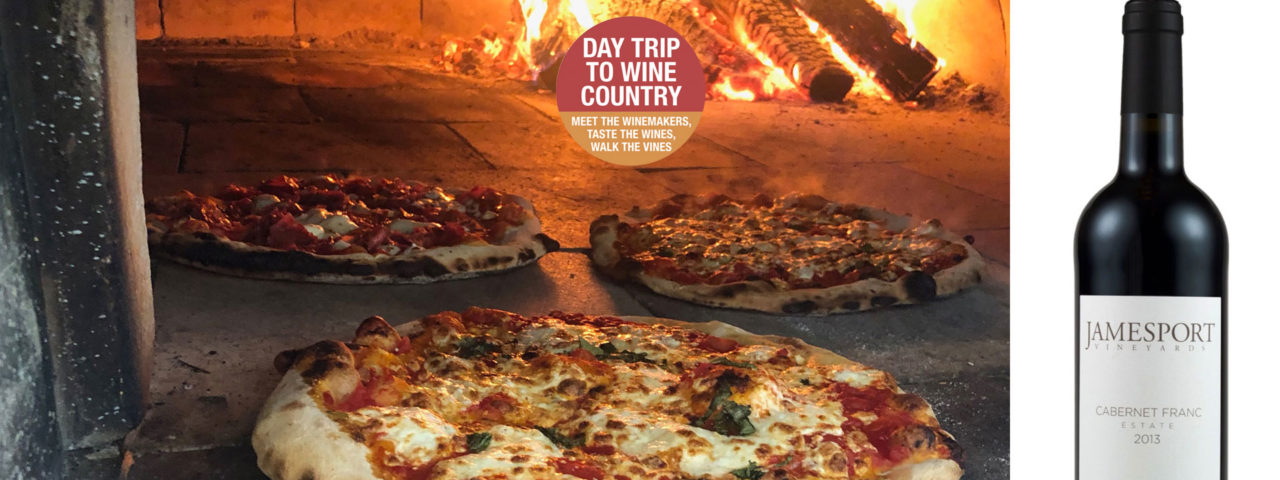
What’s better than great wine and artisanal pizza?
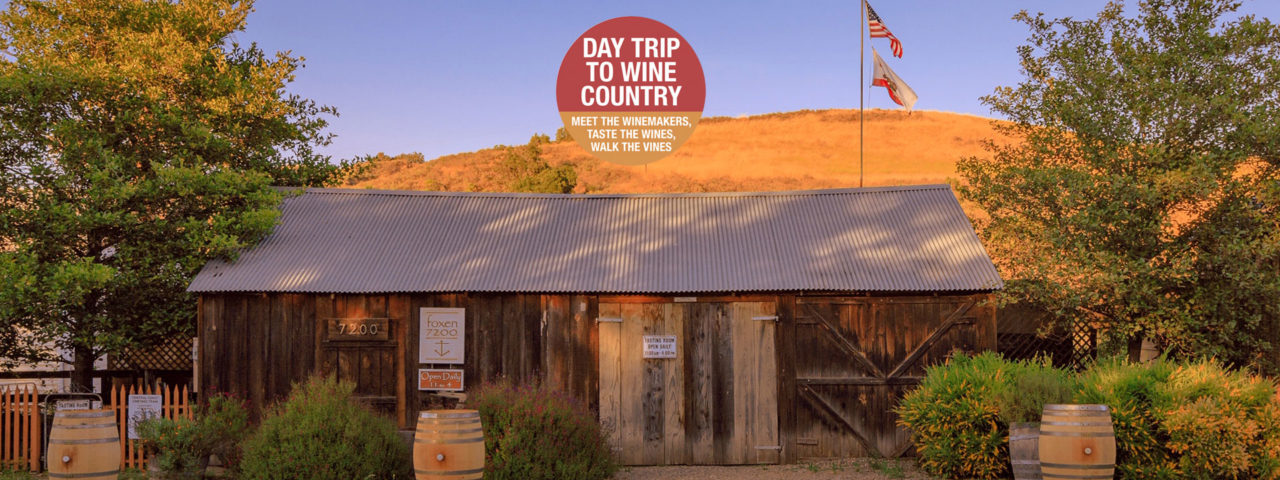

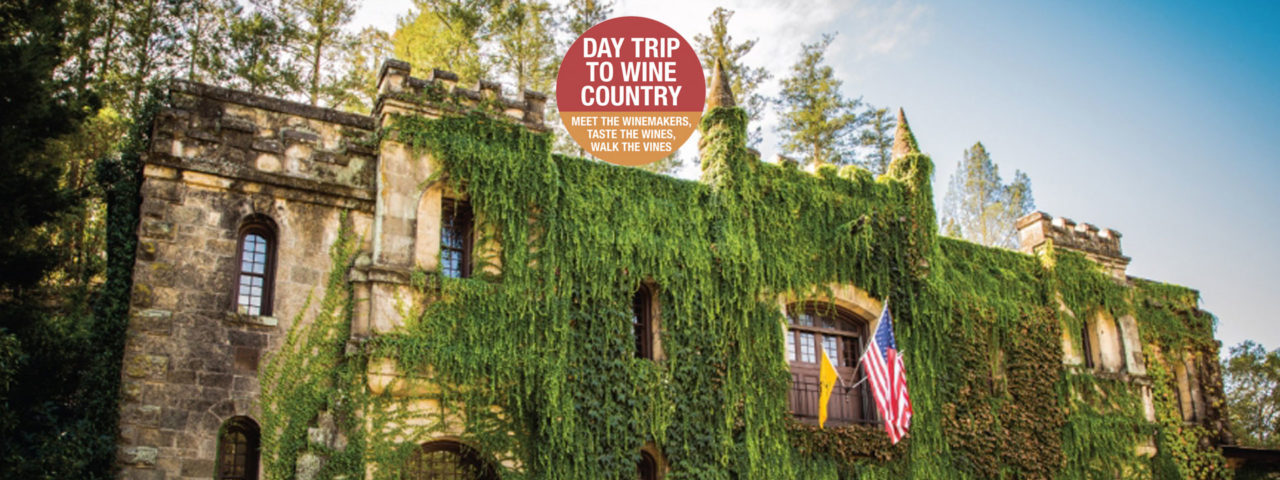

The New York Times described Ridge Monte Bello as “America’s greatest Cabernet Sauvignon.”
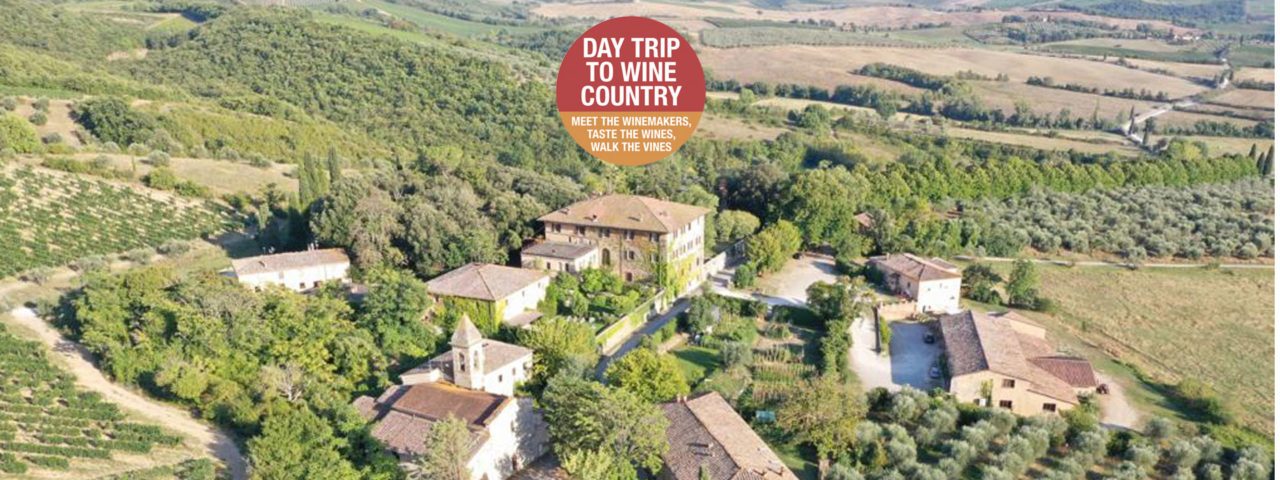
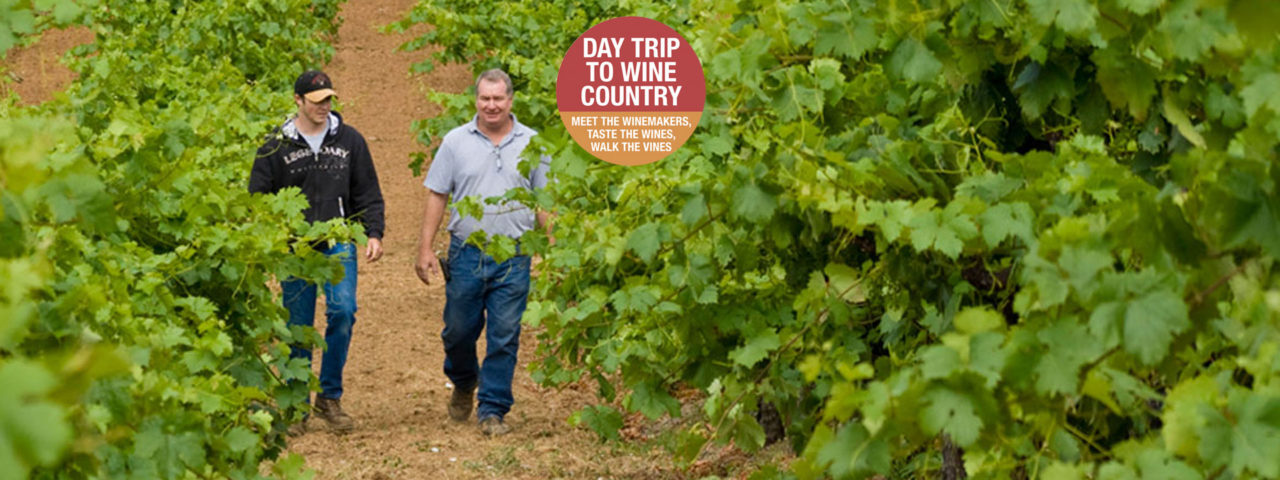
Four Generations of Family Pride at Pedroncelli Winery, since 1927
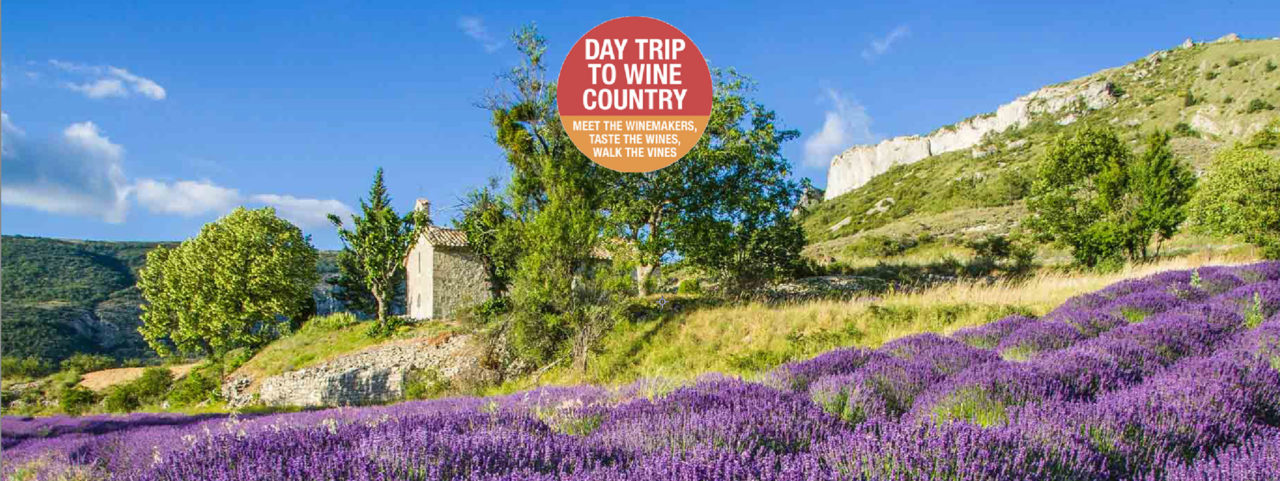
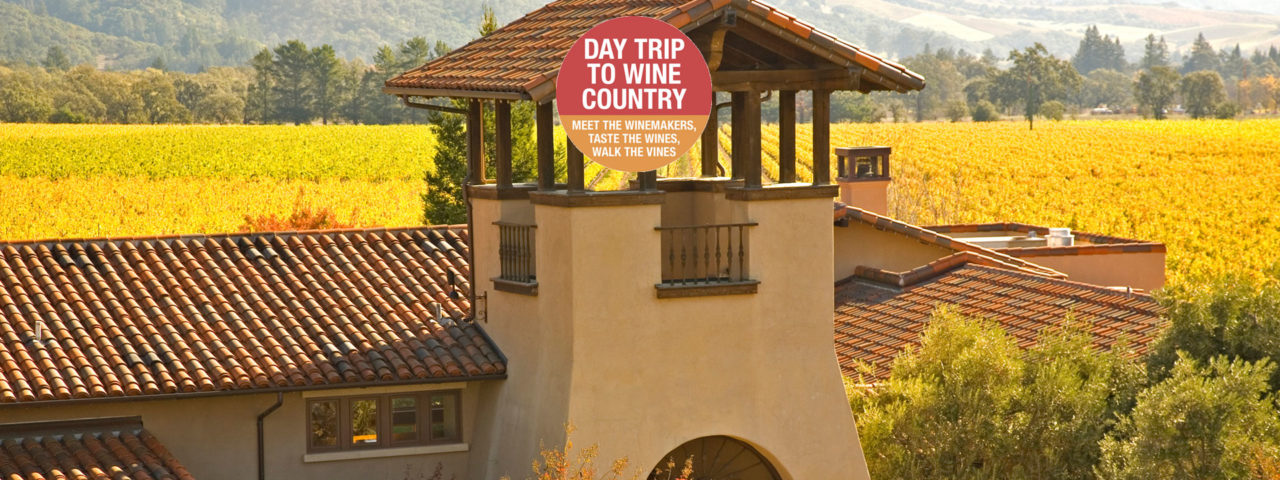
Voted “#1 in America” in 2013 and 2015 by Open Table customers.
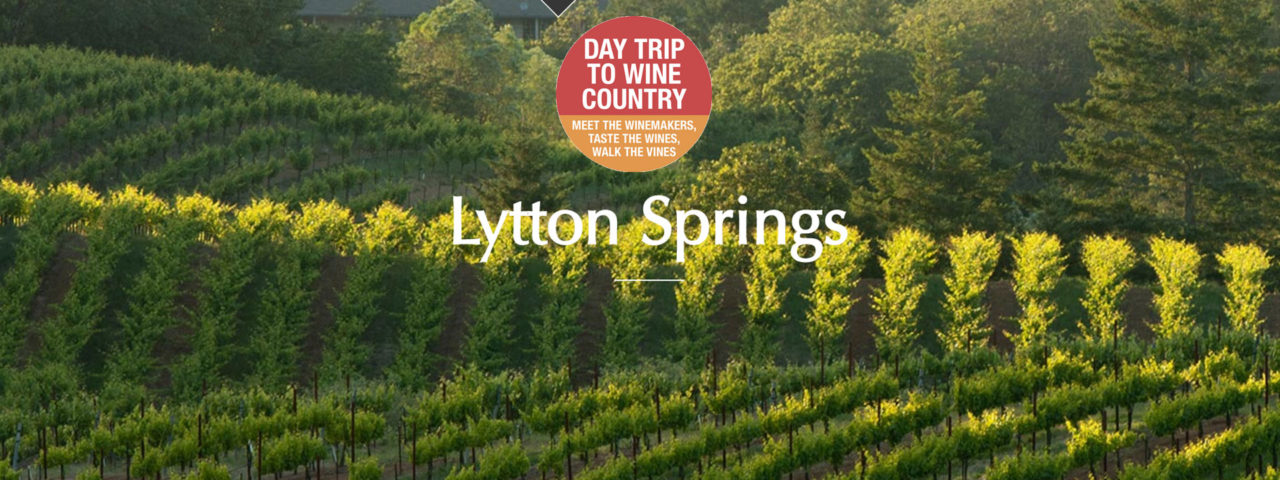
The New York Times described Ridge’s Cabernet Sauvignon as America’s greatest.

Visit the famous wine-growing region of Lodi County, California – virtually!
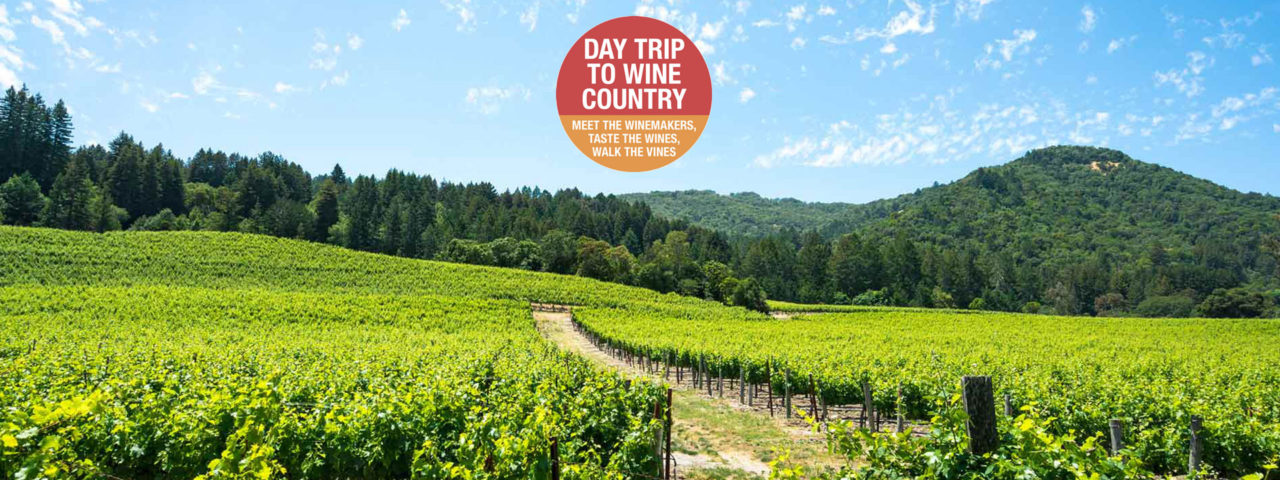
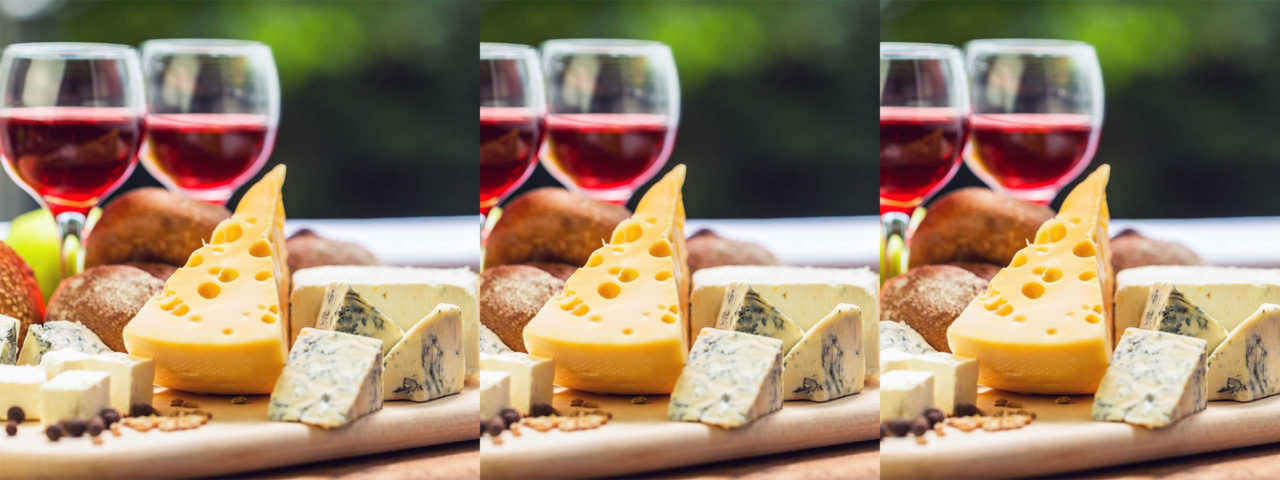
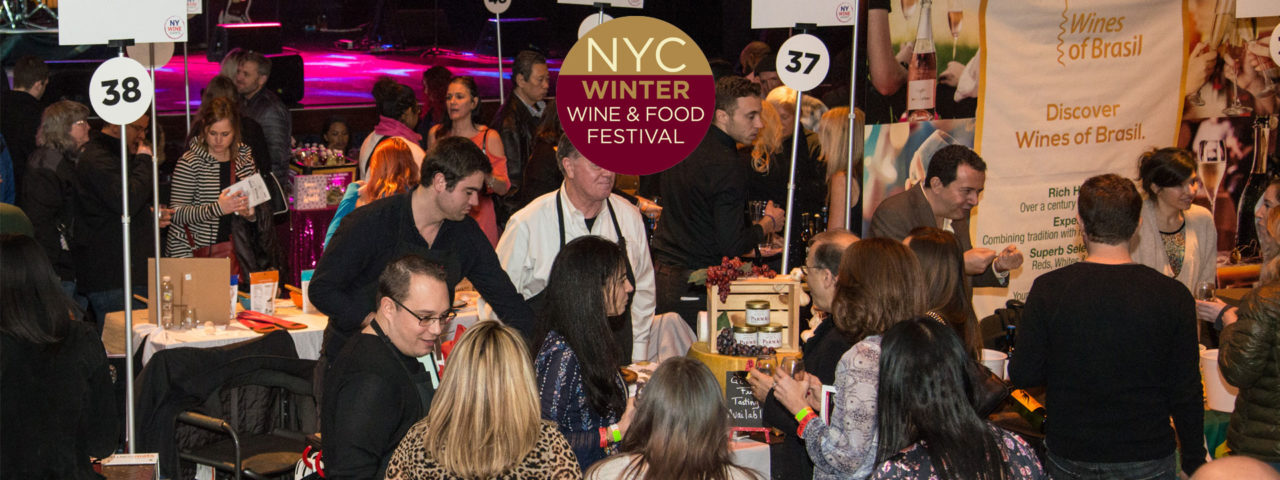
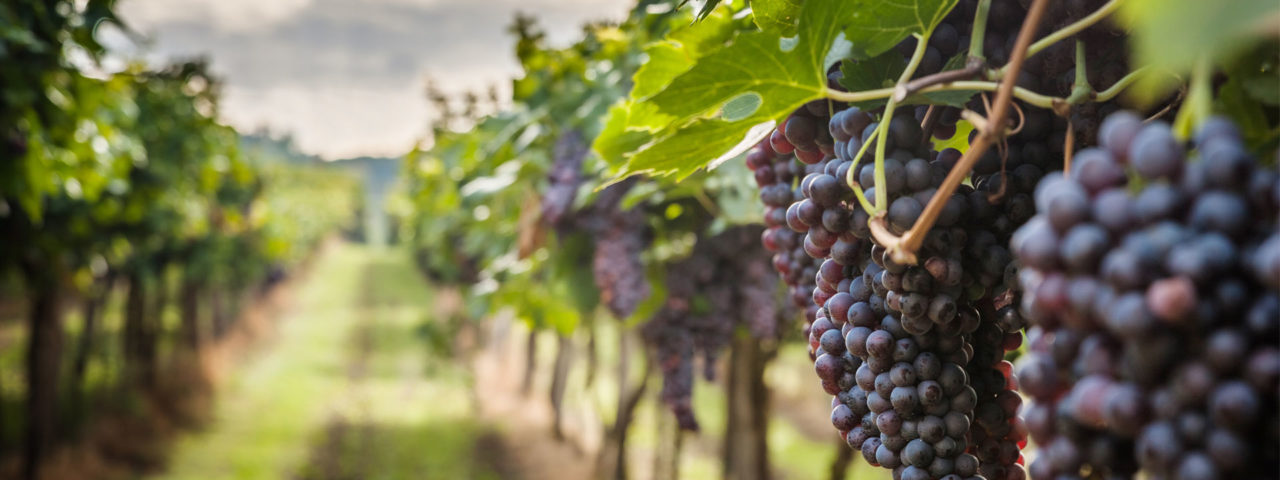
Join RG|NY winemaker Lilia Perez, for a unique tasting and blending session.
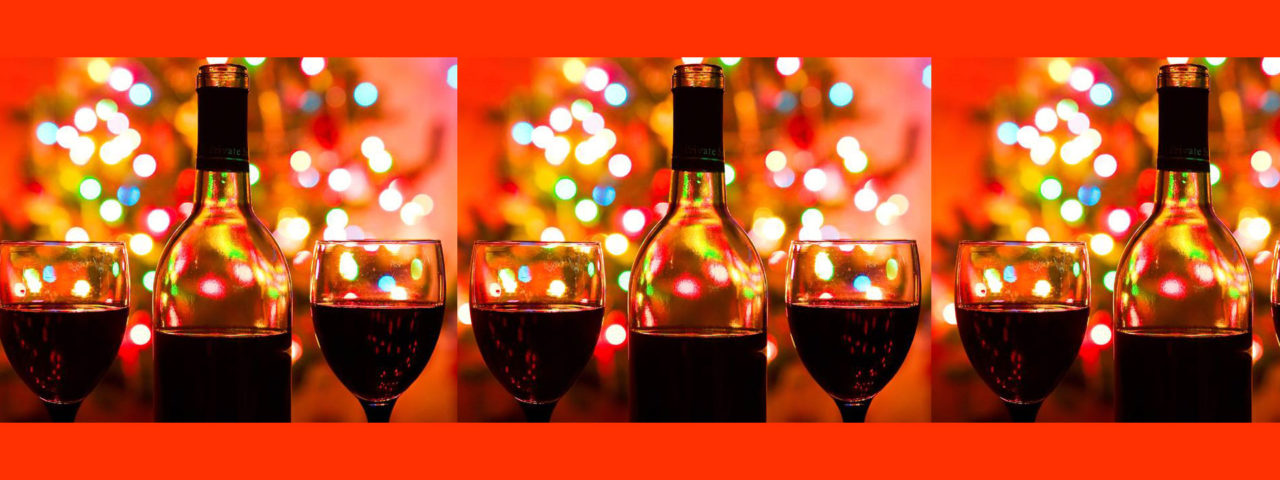
Don’t miss the ultimate holiday wine tasting event in the Hudson Valley. Sales end Thursday, Dec 12 at 11:59pm!
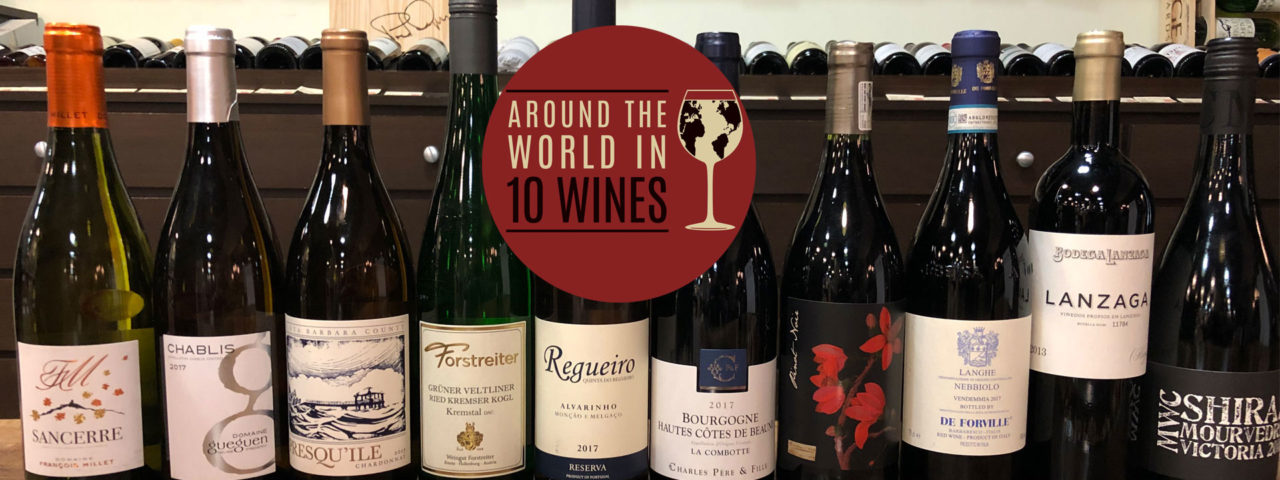
Experience a global tasting in 2 hours with award-winning artisan cheese and charcuterie
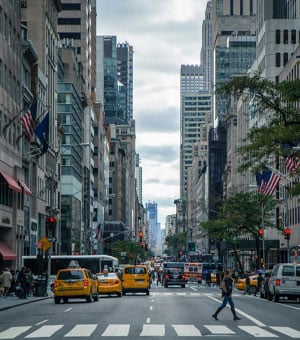
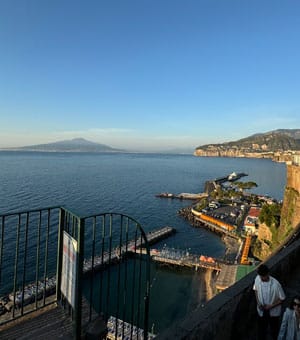
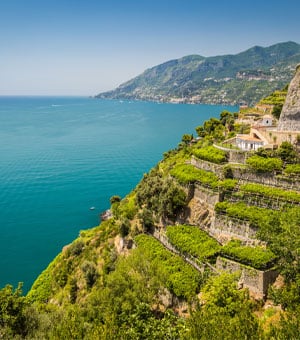
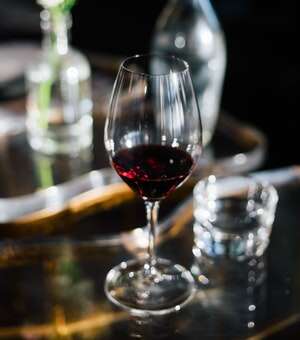
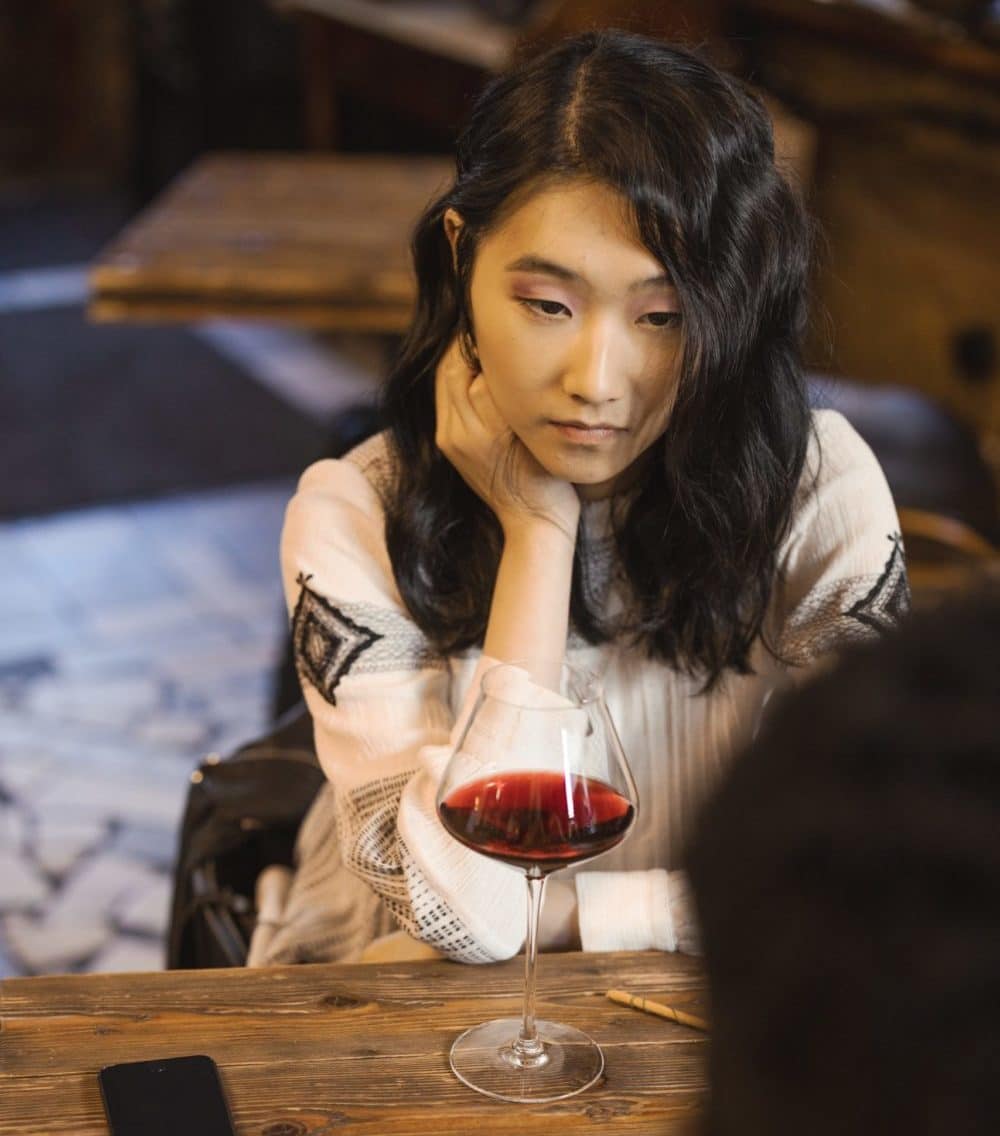

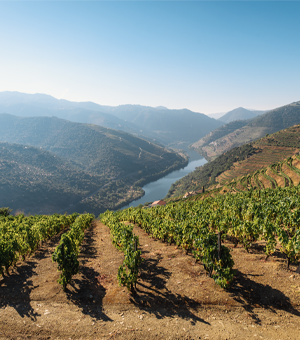
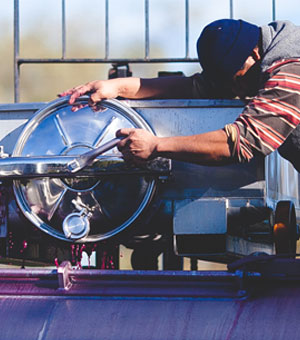
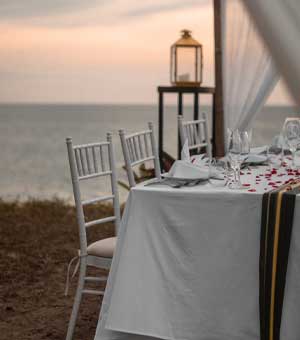
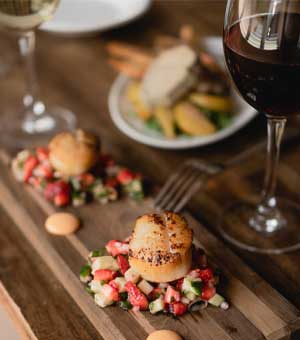
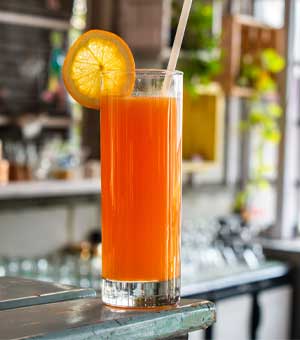
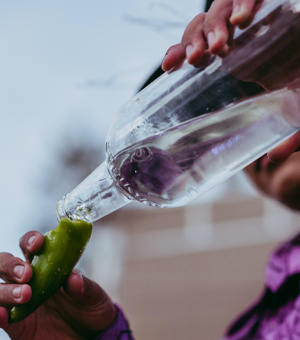
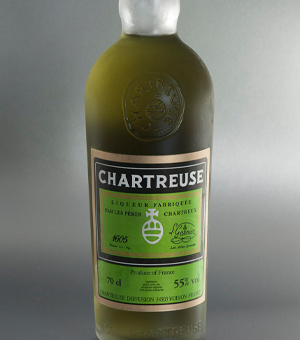

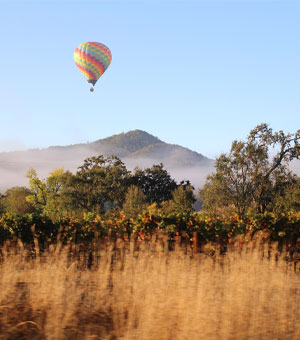
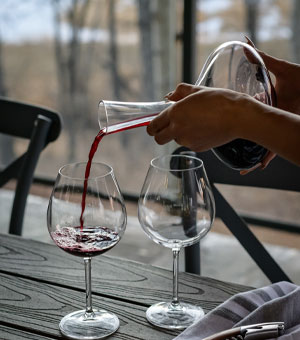
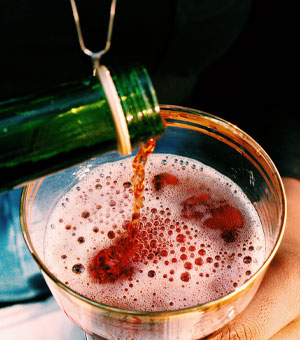

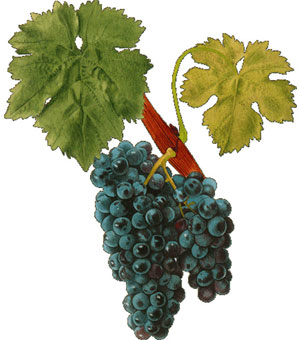

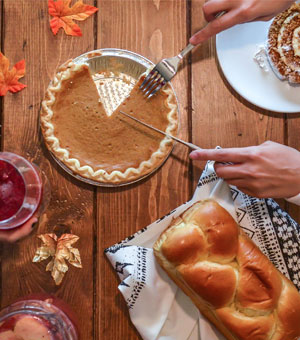
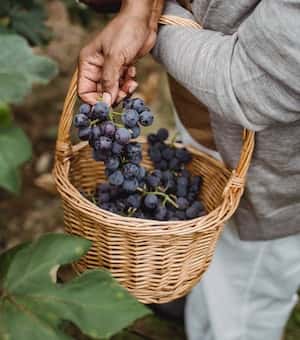
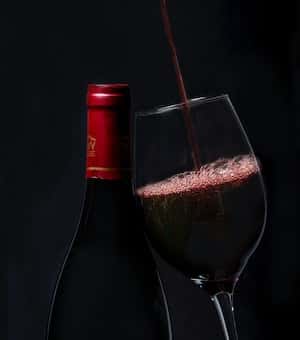

© 2025 Crush Wine Experiences DBA Winship Media. All rights reserved.
| Cookie | Duration | Description |
|---|---|---|
| cookielawinfo-checkbox-analytics | 11 months | This cookie is set by GDPR Cookie Consent plugin. The cookie is used to store the user consent for the cookies in the category "Analytics". |
| cookielawinfo-checkbox-functional | 11 months | The cookie is set by GDPR cookie consent to record the user consent for the cookies in the category "Functional". |
| cookielawinfo-checkbox-necessary | 11 months | This cookie is set by GDPR Cookie Consent plugin. The cookies is used to store the user consent for the cookies in the category "Necessary". |
| cookielawinfo-checkbox-others | 11 months | This cookie is set by GDPR Cookie Consent plugin. The cookie is used to store the user consent for the cookies in the category "Other. |
| cookielawinfo-checkbox-performance | 11 months | This cookie is set by GDPR Cookie Consent plugin. The cookie is used to store the user consent for the cookies in the category "Performance". |
| viewed_cookie_policy | 11 months | The cookie is set by the GDPR Cookie Consent plugin and is used to store whether or not user has consented to the use of cookies. It does not store any personal data. |
